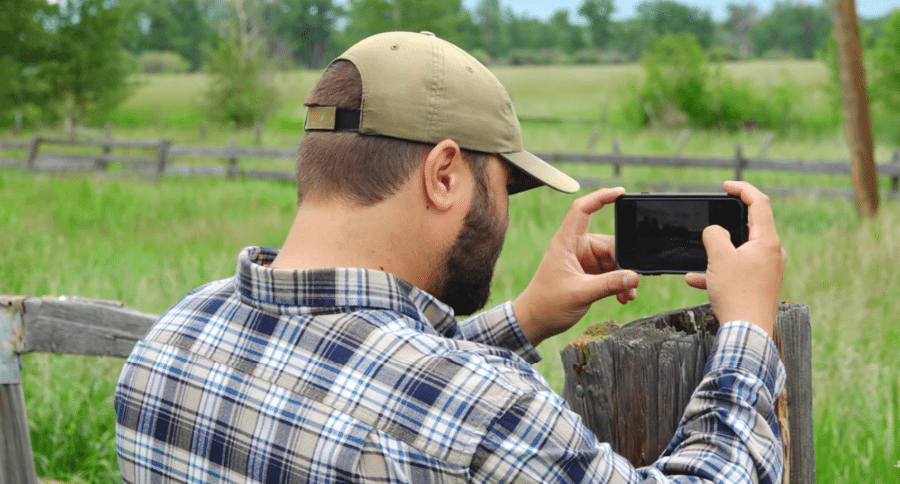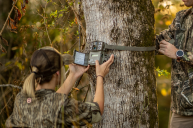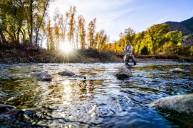You have in your pocket a device that allows you to shoot, edit and post your adventures for the world to see. Tell a better story using your phone camera.
If you have a smartphone, you have the ability to "tell" visually interesting and engaging stories with people. A camera phone allows you take a photograph and improve it via editing features, and then share it with, literally, people around the world.
Your skill at taking photos and editing them determines the power of your story, and the power of your story determines whether people will be interested in it or not.
Here are a few tips for taking better photographs from Michael Parente, Wilderness Production Assistant with Randy Newberg, Hunter productions.
Parente's tips are simple and very achievable by anyone who can hold a smartphone. If you're not doing these things already, you should follow his basic suggestions to immensely improve the quality of your photographs.
He mentions another video in this two-part series, Field Photography Tips, as a primer on how to compose better photos. Here's that video:
This is basic and, in my opinion, vital advice on taking truly great photographs.
Things to keep in mind when taking a picture:
- Understand Lighting: You need to pay attention to the natural lighting and take advantage of what the sun gives you.
- Rule of Thirds: This is a basic compositional principle, but one that is often ignored by many photographers. Employing this principle alone can punch up the interest factor in your photographs tremendously.
- Shoot from Different Angles: I usually take multiple shots from different angles of my subject, and then choose the best one when I get to editing. Don't take all of your pictures from the same point of view.
- Tell the Whole Story: This is just another way to say that you should take multiple shots of different aspects or moments of your experience. Don't simply rely on the tried and true photos of you holding the fish or kneeling beside your downed buck. Take informal photos throughout your hunt or fishing trip. Oftentimes those pics will be much more interesting and tell a better story than the predictable shots.
- Clean Up Your Trophy Photos: Cleaning up your trophy pics is just common sense. You don't want any unnecessary gore and you want the final photograph to display the respect you have for your prey and the dignity of both yourself and the animal.
Follow these simple tips and your photos will not only tell better stories, but they may even be shared far and wide as truly great photographs often are. What better compliment can there be than to have your fellow outdoorsmen like your photos so much that they share them online with their friends?
Like what you see here? You can read more great articles by David Smith at his facebook page, Stumpjack Outdoors.
NEXT: Alaskan Boy Harassed by Loony Animal Rights Activists for Killing a Whale to Feed His Village




